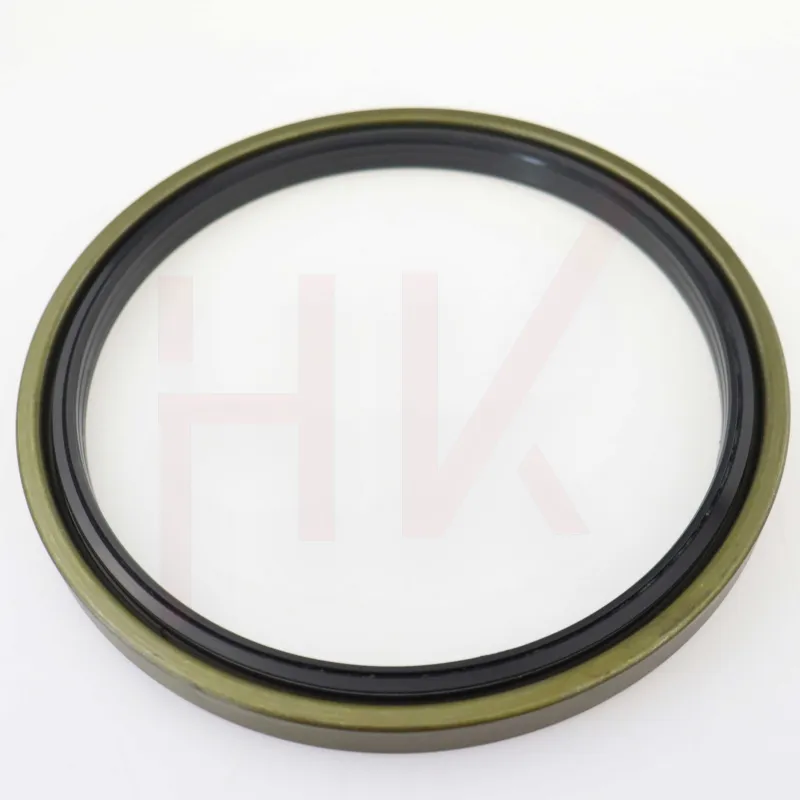Aug . 18, 2024 02:31 Back to list
Excavator Boom Cylinder Seal Replacement Guide for Enhanced Performance and Durability
Excavator Boom Cylinder Seal Replacement A Comprehensive Guide
Excavators are powerful machines that play a crucial role in construction, mining, and various other industries. One of the key components of an excavator is its boom cylinder, which is responsible for raising and lowering the boom. Over time, the seals within this hydraulic cylinder can wear out or become damaged, leading to hydraulic fluid leaks and reduced efficiency. Therefore, understanding how to replace the boom cylinder seals is essential for maintaining optimal performance and prolonging the lifespan of the equipment. This article will guide you through the process of excavator boom cylinder seal replacement.
Understanding the Boom Cylinder
The boom cylinder is a hydraulic component that extends or retracts to control the position of the boom. It operates under high pressure and is filled with hydraulic fluid. The seals within the cylinder prevent fluid from leaking and ensure the efficient operation of the boom. However, wear and tear due to constant movement, exposure to dirt, and high pressure can compromise these seals.
Signs of Worn Seals
Before proceeding with a seal replacement, it is crucial to recognize the signs of worn seals. Common symptoms include
1. Hydraulic Fluid Leaks Visible leaks around the cylinder or a decrease in hydraulic fluid levels. 2. Reduced Performance The boom may struggle to lift or lower loads, indicating a loss of hydraulic pressure. 3. Increased Operating Time If the excavator takes longer to perform tasks, it may be due to compromised seals.
Tools and Materials Needed
Before starting the replacement process, gather the following tools and materials
- Replacement seal kit - Hydraulic jack - Wrenches and socket set - Screwdrivers - Pliers - Safety goggles and gloves - Clean rags - Hydraulic oil
excavator boom cylinder seal replacement

Step-by-Step Replacement Process
1. Safety First Ensure the excavator is turned off, and the hydraulic system is depressurized. Wear safety goggles and gloves to protect against hydraulic fluid.
2. Remove the Boom Cylinder Use a hydraulic jack to support the boom. Disconnect the cylinder from the boom and the base, carefully removing any mounting bolts.
3. Disassemble the Cylinder With the cylinder removed, carefully remove the end caps using appropriate tools. Take note of the arrangement of parts for reassembly.
4. Replace the Seals Remove the old seals from the cylinder and clean the surfaces thoroughly. Install the new seals, ensuring they fit correctly in their designated grooves. Lubricate the new seals with hydraulic oil to facilitate proper movement.
5. Reassemble the Cylinder After replacing the seals, reattach the end caps securely. Ensure all components are aligned correctly and tightened to the manufacturer's specifications.
6. Reinstall the Boom Cylinder Position the cylinder back onto the boom and base, securing it with the mounting bolts. Ensure all connections are firm to prevent future leaks.
7. Test the System Once the cylinder is reinstalled, refill the hydraulic fluid if necessary. Start the excavator and check for any leaks around the newly installed seals. Test the boom's operation to ensure it functions smoothly without resistance.
Conclusion
Regular maintenance, including seal replacement, is vital for the reliable operation of excavators. By following the steps outlined above, operators can effectively replace boom cylinder seals, restoring hydraulic performance and extending the lifespan of their equipment. Always refer to the manufacturer’s guidelines for specific instructions related to your excavator model, and don’t hesitate to seek professional assistance if needed. Keeping your excavator in optimal condition not only enhances productivity but also ensures safety on the job site.
-
Wiper Oil Seal: Our Commitment to Clean Hydraulics
NewsAug.13,2025
-
Hydraulic Oil Seal for Self Discharging Cars
NewsAug.13,2025
-
Hub Oil Seal for Agricultural Tractor Hubs
NewsAug.13,2025
-
Skeleton Oil Seal with NBR Material
NewsAug.13,2025
-
Rotary Lip Seal for High Pressure Applications
NewsAug.13,2025
-
Cylinder Seal Kits Our Legacy of Hydraulic Trust
NewsAug.13,2025
-
Unlocking the Potential of Hydraulic Systems with Essential Sealing Solutions
NewsAug.06,2025
Products categories
















